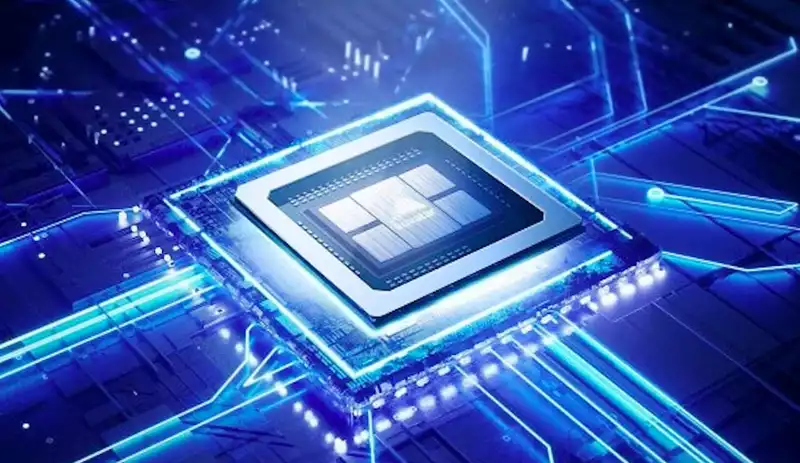You can also be interested in these:
- Nvidia DLSS 2.3: Improved FPS and rendering using AI
- The Aorus RX 7900 XTX Elite 24G full review
- NVIDIA GeForce GT 720 review
- NVIDIA GeForce GTX 1050 Ti Max-Q review
China’s progress with self-produced CPUs and GPUs is relentless. The new Big Island general purpose GPUs produced by Tianshu Zhixin is able to take advantage of TSMC’s 7nm technology and provide a competitive price / performance ratio. Internal benchmarks reveal that Big Island GPUs are still not on par with Nvidia’s A100 or AMD’s Instinct MI100, but the progress is remarkable.

Fueled by the trade wars with the United States that began during the Trump administration, China is now more than ever eager to show that it can also produce powerful computer processing technology. The Chinese tech boom was led first by Huawei’s production of affordable but powerful smartphones, which “coincidentally” became the biggest target of bans in the US However.
China is also striving to decrease reliance on American technology, and has been trying to produce its own computer processors and GPUs for the past few years. While Chinese foundries are still catching up on the side of node miniaturization, they are certainly not far behind industry leaders like TSMC.
Let’s talk about performance
When it comes to performance, it must be recognized that X86 CPUs produced in China are still not impressive enough and certainly cannot compete with what Intel and AMD currently have, but we are seeing promising results with ARM-based processors and, more recently, with GPUs like those produced by Tianshu Zhixin.
Unlike the Jingjia Micro JM5400 GPUs announced in 2019, the new Big Island models from Tianshu Zhixin are not specifically designed to compete with the Nvidia RTX and AMD Radeon gaming models as they are more suited to AI and HPC applications, as well as other general-purpose uses for the education, medical, and security sectors.
Tianshu Zhixin’s Big Island GPGPUs were developed between 2018 and 2020, and the original plan was to launch them in the second half of 2020, but the pandemic delayed their launch until 2021. According to Tom’s Hardware, the Big Island integrates 24 billion transistors and said to be produced in a 7nm process node with 2.5D CoWoS packaging which most likely originates from TSMC labs.
Like all self-made products, Zhixin’s new GPGPUs offer an attractive performance / cost ratio compared to Nvidia’s A100 and AMD’s Instinct MI100 solutions, and include support for a wide range of floating point formats, including FP32, FP16, BF16, INT32, INT16, INT8, etc.
Step by step we will see a major manufacturing development in Asia
Most of the self-produced Chinese processors we’ve seen so far are underperforming when it comes to direct performance comparisons to leading US models, and thus probably aren’t going to have much of an impact on the performance. However, the Big Island GPU could be available worldwide if claims about its floating point performance turn out to be true.
Tianshu Zhixin revealed that the FP16 performance of Big Island chips can go up to 147 TFLOPS, which is comparable to AMD’s Instinct MI100 with 184.6 TFLOPS, but clearly cannot match Nvidia’s A100 with 312 TFLOPS. If China stays that way on the performance side and also offers aggressive pricing schemes, we could be looking at some decent alternatives to US models within a few years.
More stories like this
- Nvidia DLSS 2.3: Improved FPS and rendering using AI
- The Aorus RX 7900 XTX Elite 24G full review
- NVIDIA GeForce GT 720 review
- NVIDIA GeForce GTX 1050 Ti Max-Q review
- NVIDIA Quadro FX 3800 review
- MXM Slots: Interchangeable GPUs for laptops